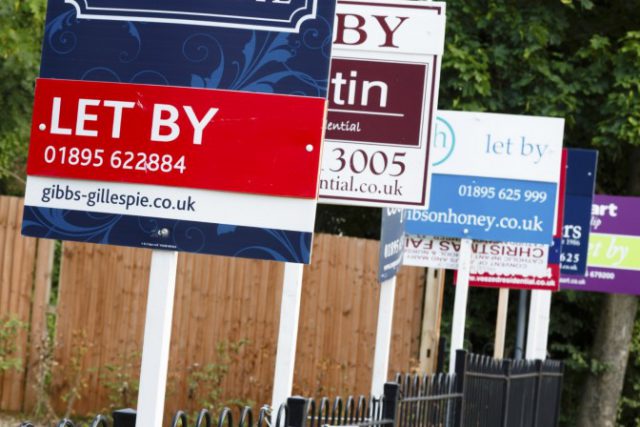House price growth set to fall to 1.5% in 2017
The most recent report from Countrywide suggests that house price growth is set to fall to 1.5%, in comparison with 5% in 2016.
Then, the rate of house price growth is predicted to recover slightly to 2% in 2018.
Slowdown
Countrywide cites Brexit negotiations as the main reasons for weaker economic conditions as reasons for the more hindered growth, as inflation starts to eat into household incomes.
The firm suggests that interest rates are set to begin to rise very slowly from the Spring/Summer of 2018. A more cautious approach from lenders is expected to curb a faster rise in prices.
On the other hand, Countrywide says a lack of supply will continue to support the level of price growth.
Greater London is expected to see price growth fall to 0% in 2017, before increasing by 2.5% in 2018 and 4% in 2019. Following two years of falls, Prime Central London will see price growth of 2% in 2017. This is forecasted to be followed by rises of 4% and 5% respectively during the next two years.
For the South East and East of England, price growth is expected to slow during 2017 to 1.5% and 3.5% respectively. During 2018 prices in these regions are set to increase by 2.5% and 2% respectively.

House price growth set to fall to 1.5% in 2017
The North East is expected to see no price growth this year, before increasing to 1% and 2.5% in 2019. Price growth in the North West, Yorkshire and Humberside and the Midlands is suggested to also follow a similar pattern of weaker annual price growth in 2017 and 2018, before rising again in 2019.
Challenging
Fionnuala Earley, Chief Economist at Countrywide, said: ‘Economic conditions for households will remain challenging over the next year as inflation eats into budgets and interest rates begin to rise. In addition, fewer landlord purchasers and the later age at which people buy, is affecting the level of demand. But we expect the UK economy to recover and wage growth to pick up in response to global growth. That, combined with a continued lack of housing supply, will help to support house prices.’
‘The housing market is sensitive to confidence which will be affected by the outcome of Brexit negotiations and the implications this will have – particularly on employment.’[1]
[1] http://www.propertyreporter.co.uk/finance/house-price-growth-expected-to-hit-low-of-15-in-2017.html







